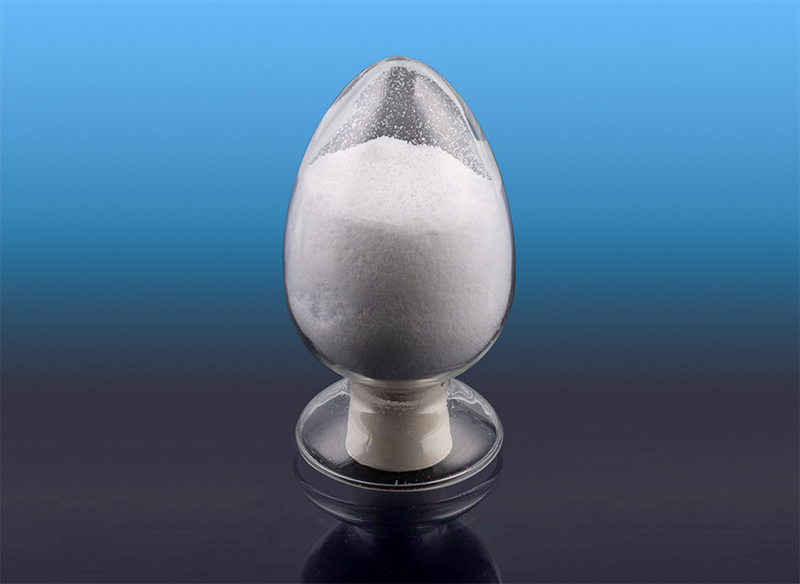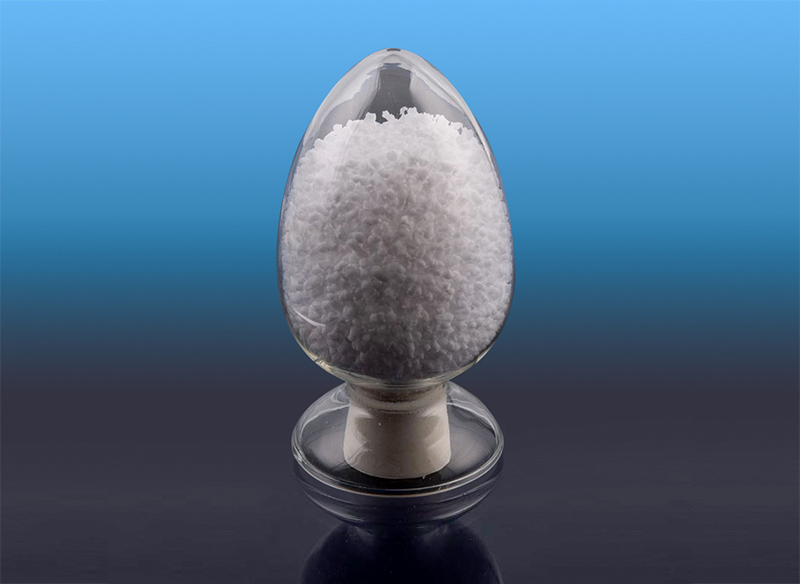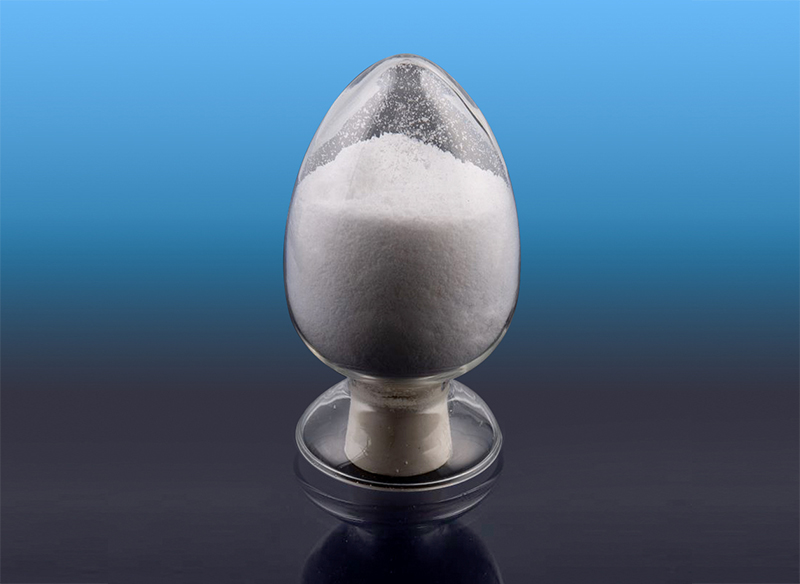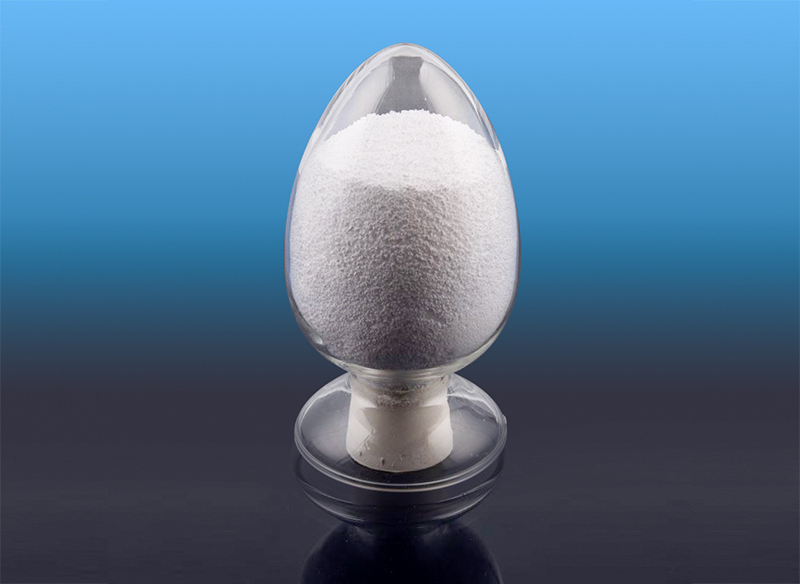The Benefits of Polarized SEBS for Durability and Stability in Polymer Blends
Understanding the Role of Polarized SEBS in Polymers
In polymer chemistry, the search for materials that offer superior performance while maintaining ease of processing is never-ending. One such material that has gained significant attention is Polarized Styrene-Ethylene-Butylene-Styrene (SEBS). Polarized SEBS is a modified version of the conventional SEBS elastomer, which enhances its properties, making it a valuable addition to various polymer blends. This article explores the key benefits of Polarized SEBS, specifically in terms of improving the durability and stability of polymer blends used in multiple industrial applications.
What is Polarized SEBS?
Polarized SEBS is a thermoplastic elastomer made by modifying the SEBS structure through the incorporation of polar groups into its molecular chains. This modification gives Polarized SEBS enhanced compatibility with other polar materials, making it an ideal choice for blending with a variety of polymers. Its combination of flexibility, high strength, and superior environmental stability makes it particularly useful in applications that demand long-lasting performance and resistance to wear and tear. Polarized SEBS is widely used in automotive, electronics, packaging, and medical device industries due to its excellent material properties.
Improved Durability of Polymer Blends
One of the most significant benefits of Polarized SEBS is its ability to enhance the durability of polymer blends. When incorporated into a polymer matrix, Polarized SEBS helps improve the material's resistance to environmental stress, such as UV degradation, moisture absorption, and temperature fluctuations. This makes it an ideal choice for products that are exposed to harsh conditions, like outdoor equipment, automotive parts, and electronics. The inclusion of polarized groups in the SEBS polymer structure increases its resistance to cracking, wear, and deformation, significantly extending the lifespan of the final product.

Enhanced Stability in Challenging Environments
Stability is a critical factor in the performance of polymer blends, especially when they are exposed to extreme environmental conditions. Polarized SEBS contributes to the long-term stability of polymer materials by improving their resistance to oxidative degradation, thermal instability, and chemical attack. These enhancements make Polarized SEBS particularly suitable for use in applications requiring high thermal stability, such as automotive components (e.g., seals and gaskets), electrical insulation, and medical products that require sterilization. The ability of Polarized SEBS to maintain its structural integrity under extreme conditions ensures that the final product remains functional and reliable over time.
Improved Processability and Compatibility
Polarized SEBS not only enhances the durability and stability of polymer blends but also improves their processability. The incorporation of polar groups into the SEBS structure increases its compatibility with other polar materials, such as polyamides, polyesters, and polyurethanes. This results in smoother processing and better blending with other polymers, allowing manufacturers to create materials that combine the best properties of multiple polymers. The improved compatibility also facilitates the use of Polarized SEBS in co-extrusion and injection molding processes, which are common in the production of complex polymer-based products.
Applications of Polarized SEBS in Polymer Blends
The unique properties of Polarized SEBS make it suitable for a wide range of applications across different industries. Some of the most common uses include:
- Automotive industry: Polarized SEBS is used in the manufacturing of durable seals, gaskets, and weatherstripping that require resistance to heat, moisture, and UV radiation.
- Medical devices: Polarized SEBS is employed in medical applications, such as flexible tubing and catheters, where durability and resistance to chemical attack are critical.
- Electronics: Polarized SEBS is used in insulating materials, wire coatings, and other electronic components where high stability and resistance to environmental factors are essential.
- Packaging: Polarized SEBS is used in food and beverage packaging, providing flexibility and durability to the packaging materials while maintaining resistance to environmental degradation.
Cost-Effectiveness of Polarized SEBS in Polymer Manufacturing
Another benefit of incorporating Polarized SEBS into polymer blends is its cost-effectiveness. By improving the durability and stability of the material, it reduces the need for frequent replacements and repairs, thus lowering long-term maintenance costs. Additionally, the enhanced processability of Polarized SEBS allows for more efficient manufacturing, which can reduce production costs and improve output. Manufacturers looking for ways to enhance the performance of their polymer products without significantly increasing costs will find Polarized SEBS to be an excellent solution.
Conclusion: Polarized SEBS – A Game Changer for Polymer Blends
Polarized SEBS offers significant advantages when incorporated into polymer blends, including enhanced durability, improved stability, better compatibility, and increased processability. Its unique properties make it a valuable material in industries ranging from automotive to electronics and medical devices. As industries continue to demand high-performance materials, the use of Polarized SEBS in polymer blends will undoubtedly play a critical role in developing more durable, reliable, and cost-effective products. By choosing Polarized SEBS, manufacturers can improve the overall quality and lifespan of their products, ultimately providing better value to consumers and businesses alike.





